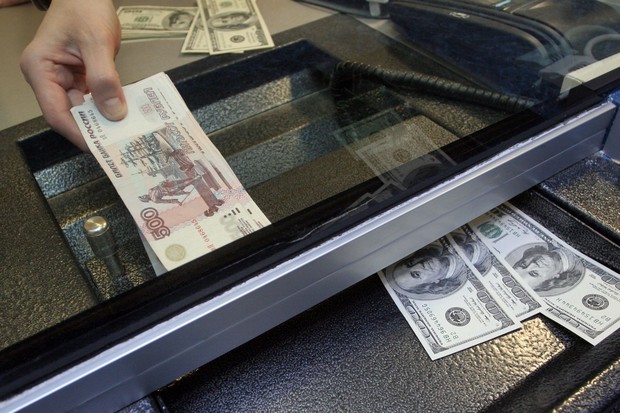Elvira Nabiullina promises not to force rate reduction
The Central Bank cuts the rate to 8,5% but believes that it’s not time for excessive softness
The Central Bank on the meeting on 15 September, as expected, reduced the key rate to 8,5%, but for the market it is more a psychological factor than regulatory. The rate remains too high to have a real impact on the economy. The continuing risk of accelerating inflation and the need to support moderately strong ruble hinders mitigating the policy significantly. Elvira Nabiullina stated that in October the rate can be lowered again, the main thing — ''smoothness and gradualness''. Read more in the article of Realnoe Vremya.
A half from Nabiullina
The Bank of Russia cut the key rate by another 0,5 percentage points to 8,5% per annum on Friday. This decision was expected: few experts doubted that in September the rate would fall, the question was only by how much. Moreover, the Central Bank itself after the last meeting stated that they see space to cut in the second half of the year.
Friday's rate reduction has been the fourth this year. Prior to that, the rate fell in June (by 0,25 points), in April (0,5 points) and in March (0,25%). The record low inflation pushed the Central Bank to another reduction. If in June the regulator dealt with almost a target value (the May inflation in annual terms amounted to 4,1%, while the goal of the bank — 4%), but now the regulator faces the opposite risks.
August in terms of consumer prices beat perennial records. Then in respect of July the deflation was at the level of 0,5%, which had not happened since 2003. Year-on-year inflation in August was 3,3% — it has been the lowest figure in recent history of Russia.

The Central Bank is not going to rush
However, the Central Bank does not see the reasons for a sharp cut of the rate. In the press release, they noted that the risks of exceeding of the target by the inflation by 4% still outweigh the risks of a decline.
The sources of proinflationary risks — fluctuations in prices in raw material and commodity world markets, lagging productivity from wages, falling trend of accumulation, as well as increased sensitivity of inflation expectations to prices for some goods and to exchange rates.
In order to keep inflation close to the target, the Central Bank will pursue a moderately tight monetary policy, the regulator stated on Friday. However, they do not exclude another reduction in key rate in the next two quarters. The next time the regulator returns to the question of the rate on 27 October.
Head of the Central Bank Elvira Nabiullina at the press conference said that in her opinion it was wrong to speed up the reduction of the key rate. The regulator in this matter adheres to the principle – ''smoothness and gradualness''.
Nabiullina added that in the short term different solutions are possible in relation to rate reduction, including pauses. There is the possibility of policy easing, but everything will depend on inflation and forecasts of the regulator.

It is not enough
It is not necessarily that the current decision will have a significant impact on the market, says Vice President of the Association of banks of Russia Yan Art. The effect will be, but for the most part, psychological, he said. ''Any reduction in rates, of course, is perceived as a favourable signal. Another thing is that when the rate is reduced by 0,25%, this is not America and this is not the Swiss National Bank, where it is the actual market factor that changes everything,'' says Art. The difference is that the cost of money in Russia is more divorced from the rate than in other countries, he says.
This is also confirmed by director of the Banking Institute at the HSE Vasily Solodkov. According to him, about the real impact on the economy it will be possible to tell when the rate falls to the level of inflation. For now the regulator is ''marinating'' it at a fairly high level, a decline of half a percent will bring more a psychological effect.
Some players on the market expected that the reduction of the key rate would weaken the ruble. It was to happen, in their view, due to the fact that banks will start to borrow from the Central Bank cheap ruble credits and invest in dollars and euros. However, experts believe that fear is useless. On the contrary, the Central Bank does not take the decisive action to reduce rates just in the interests of stability of the ruble, they say.
According to Art, the rate reduction in the range of 0,25—0,5% does not create speculative sentiment. It is much more profitable for investors to invest, for example, in ruble bonds, which at a relatively high rate have a big coupon.

Solodkov agrees with him, he said that the ruble is kept largely on the inflow of foreign currency in ruble debt securities, generating at a high rate a good income. ''If we greatly reduce the rate, dollar with euro leave, carrie-trading is violated and, therefore, ruble is devaluated,'' he continues. ''But the devaluation of the ruble, given the success of our import substitution, will end, of course, with increased inflation.''